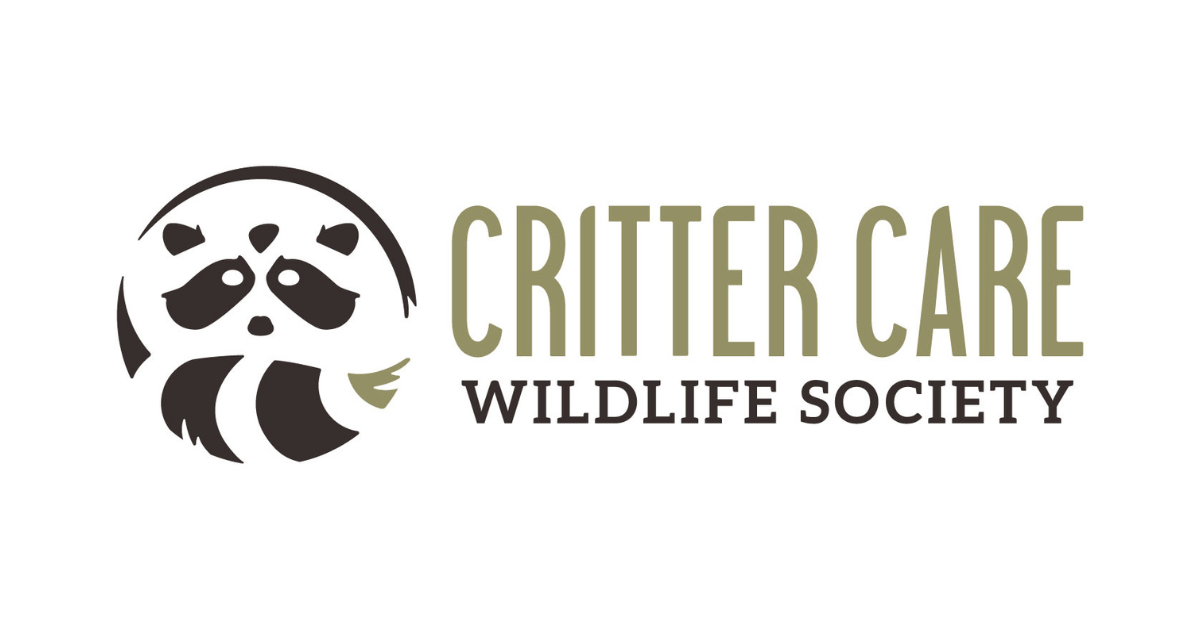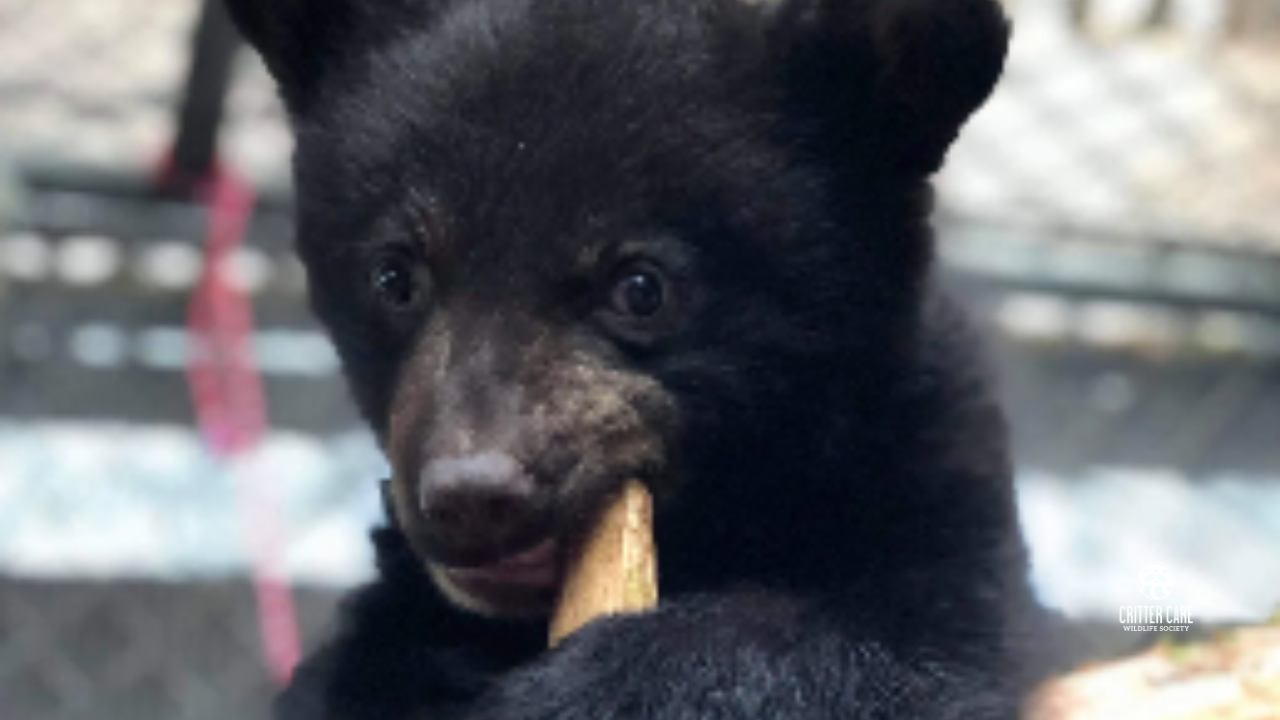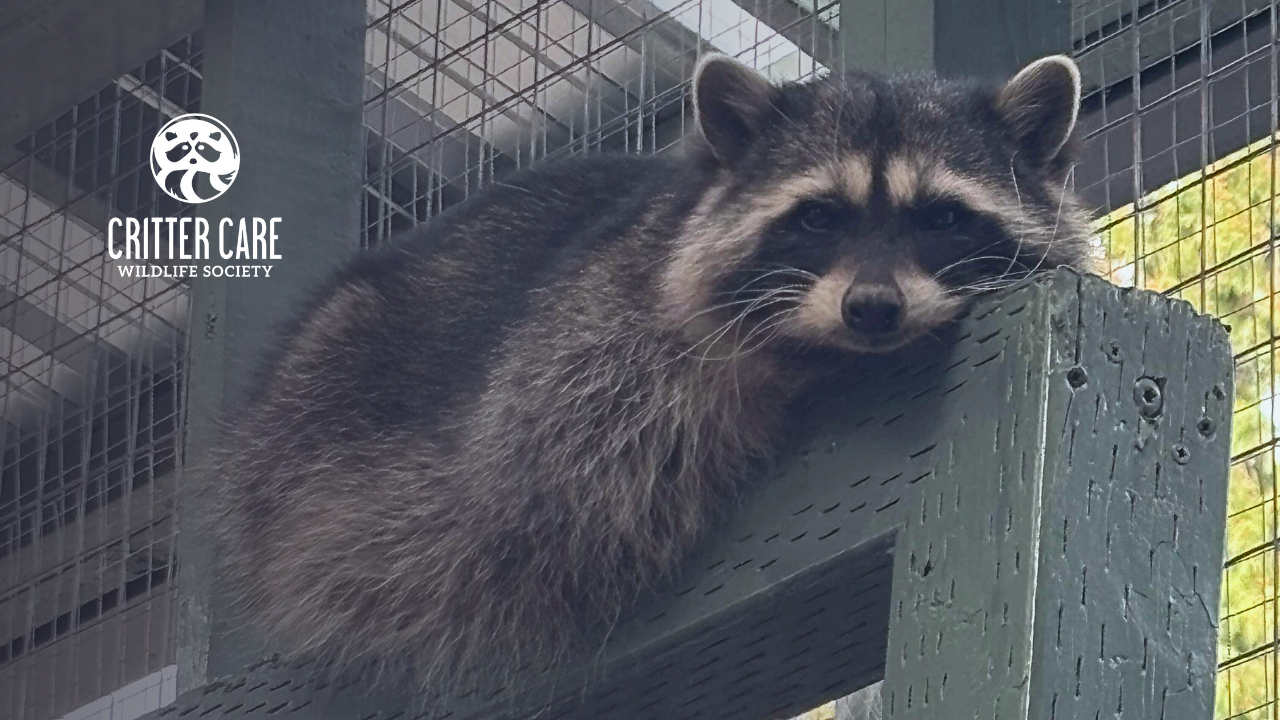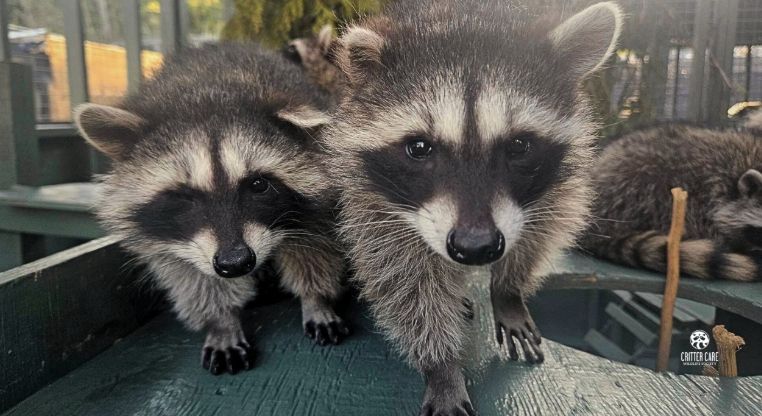Behind the Scenes: A Day in the Life of a Critter Care Intern.
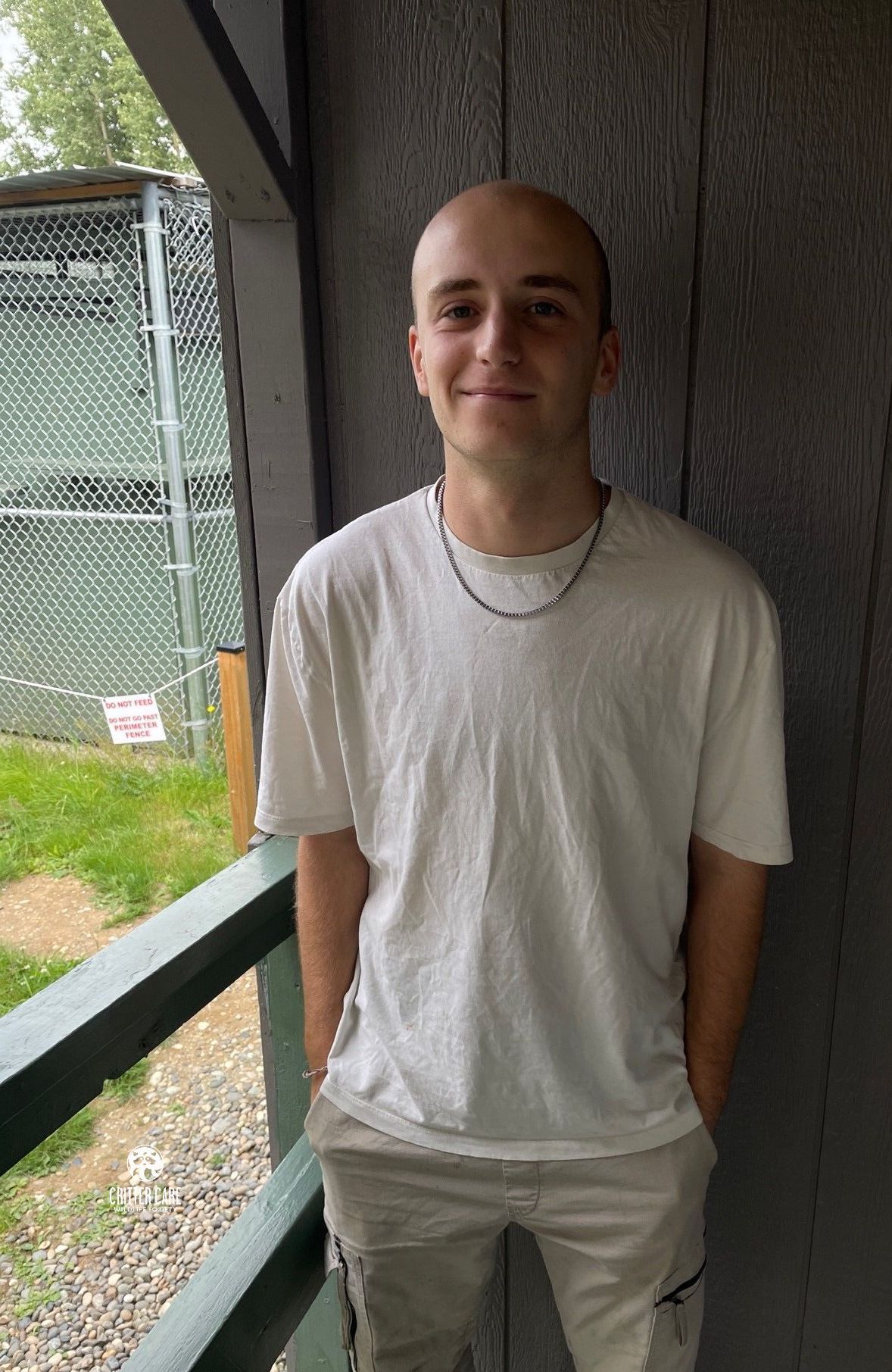
Tell us a little bit about yourself. Where are you from?
Phil: Well, first of all, my name's Phil. I'm from England. I'm currently studying wildlife conservation at the University of Salford. I've been studying that for a couple of years. This year is my placement year, so I've been to a couple of places across the world. Mainly, I'm volunteering at a lot of wildlife rehab organizations. And yeah, that's what I'm doing right now.
Where else have you worked with animals?
Phil: Oh yeah, I've been to Costa Rica. I went there for a few months, and I've volunteered at a couple of places around where I live, like back home. But mainly, it's been two stints here at Critter Care, and then I went to Costa Rica as well. I stayed at one organization for three months. Yeah, that was fun.
Costa Rica deals with a lot of howler monkeys. There's actually a lot of crossovers between the animals there and here. They had raccoons, skunks, the opossums, different possum species, iguanas, some birds, and a lot of howler monkeys and capuchins. So that was fun.
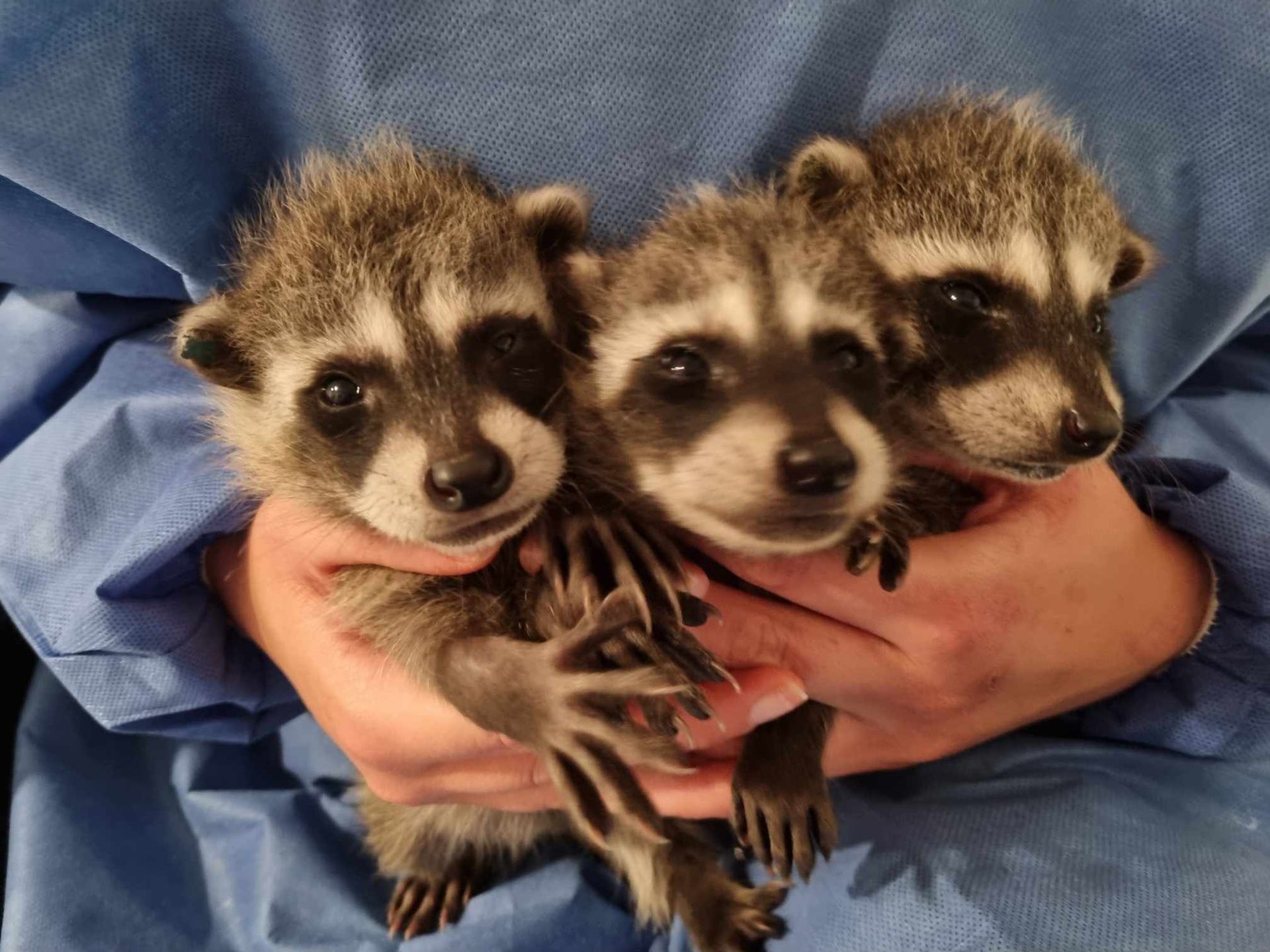
What is your typical day like for you as an intern at Critter Care?
Phil: If there was to be a typical day here, it would be waking up at whatever time depending on what babies you have. When I had bunnies, I'd wake up around 7 to feed them. Then I'd make up all the food if I didn't prepare it the night before for the raccoons and any other animals. Right now, I'm looking after a marmot, some raccoons, and lots of skunks. So, I make up all the food for them, medicate them if needed, then go to the morning meeting. After that, I go straight to a raccoon feed. I have the cutest babies on site, as can be confirmed by anybody.
The baby raccoons are really cute. They're super tiny, and you get to see them grow up day by day. That's really rewarding. After feeding them, I make sure all their enclosures are nice and clean, replace all the blankets, and then start with all the daily tasks. That could be anything from collecting browse(?) for the animals, making food, or just general maintenance around the site.
Throughout the day, I continue feeding and cleaning the animals as needed and do any other tasks around. I like to walk the goats when I can. So that's a typical day for me. Then, feed the animals at night and go off to bed.
Are there some team activities?
Phil: When the staff has time, especially during the busy baby season, they do lessons and team-building activities. It's a great way to break the ice with new team members. We learn how to suture and about various diseases. It's fun and educational.
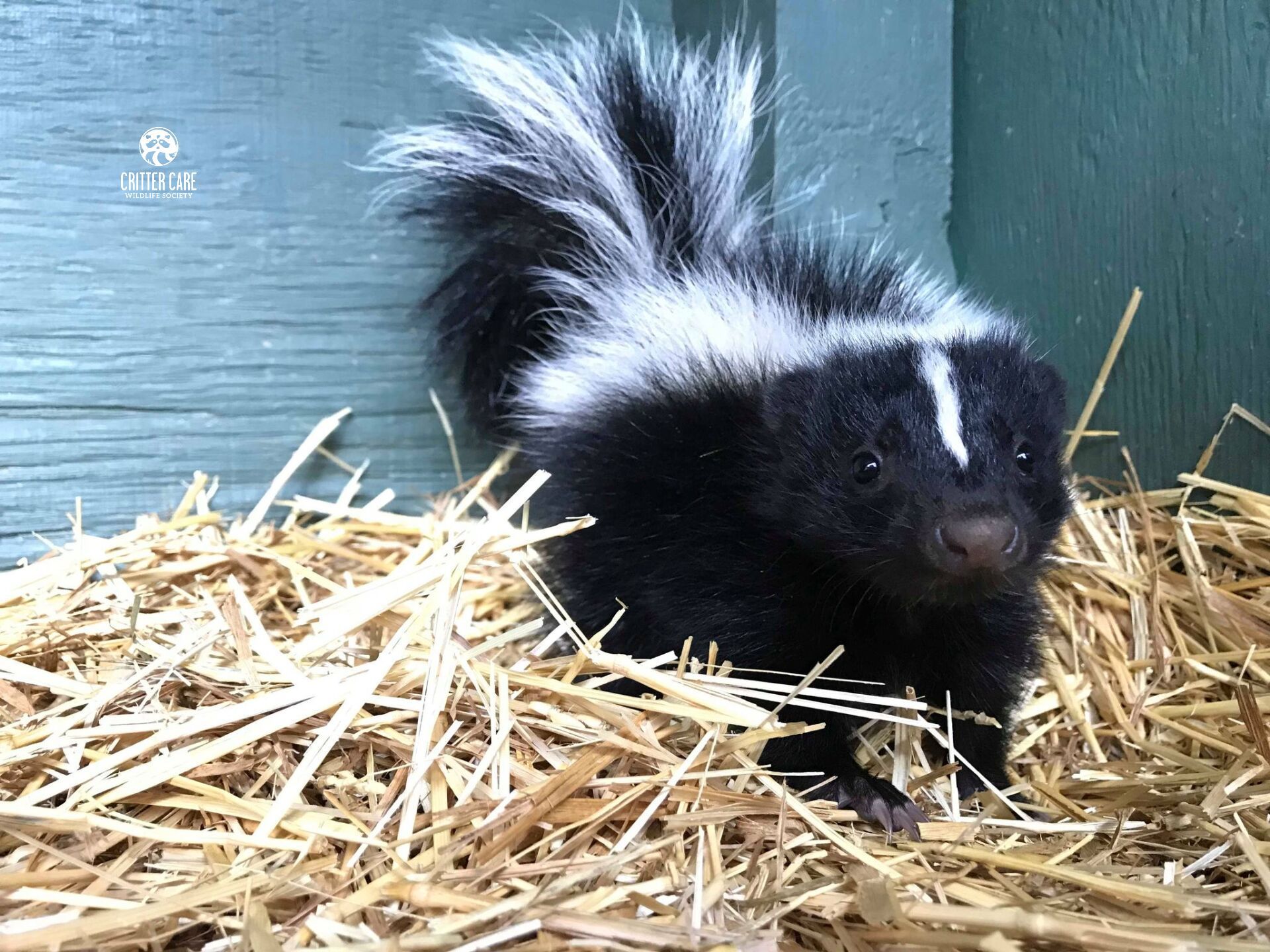
What has been your most rewarding animal rehabilitation that you have been involved in?
Phil: It's hard not to say the raccoons because you spend so much time with them and see every phase of their growth. But I did have a skunk named Peggy during my first stint here. She had a lot of trauma to her back leg and head, and she wasn't looking too good. After a lot of careful observation and medication, she started getting better. She eventually got released, which I didn't think would happen when she first came in. That was probably the most rewarding experience.
What do you hope to do in the future?
Phil: I would like to work at a place like this. I like the hands-on job the staff do here. Going on rescues, taking in animals, and seeing the full process from intake to release is something I want to be part of. So, somewhere like this is where I'd like to work. But if not here, then definitely in wildlife rehabilitation.
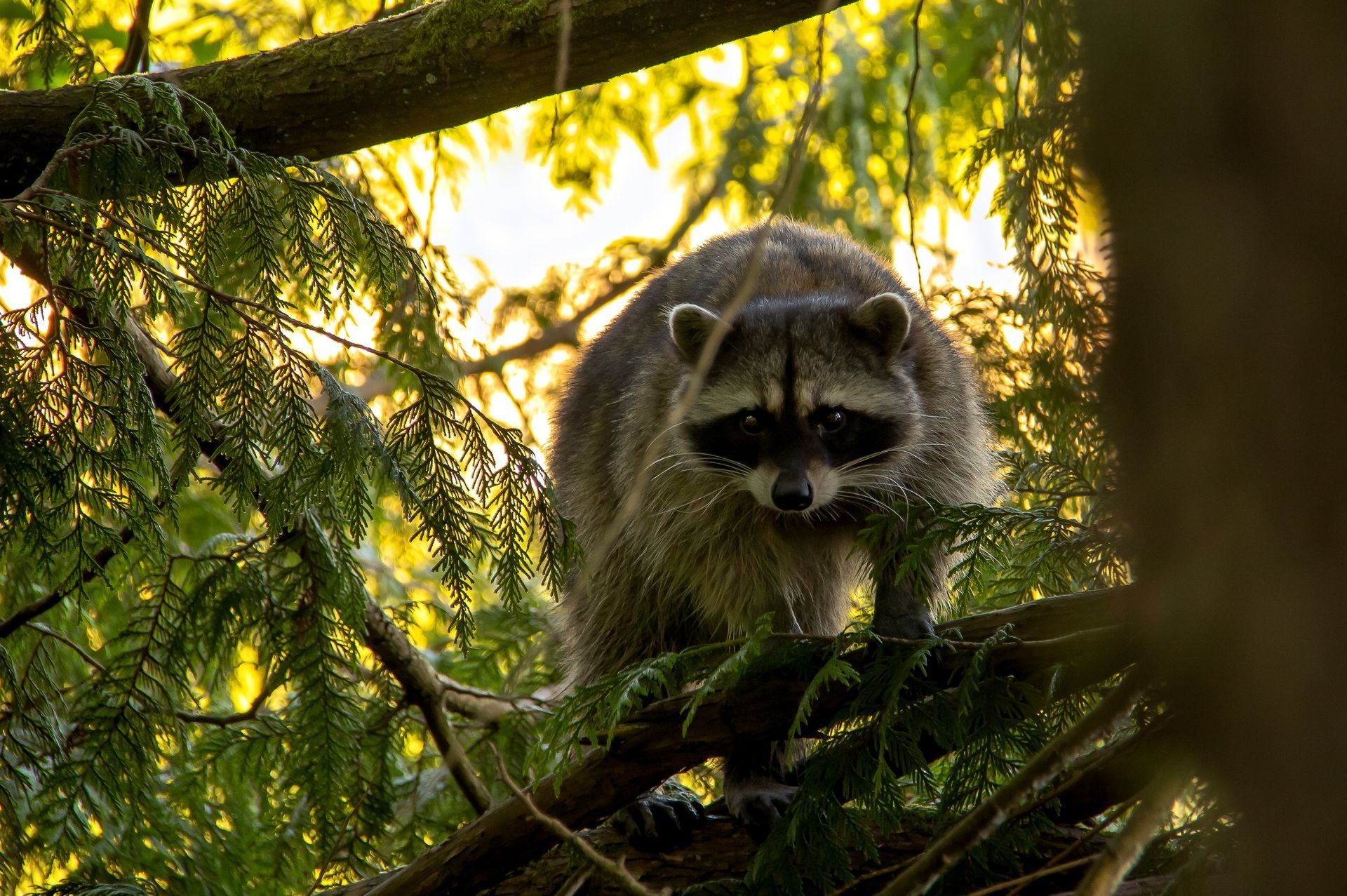
Why do this? Some people see raccoons and opossums as pests. Why work with them?
Phil: The fact that some people view them as pests is almost a reason itself to do this work. Giving them a chance and seeing a different side of what people usually see is rewarding. You get to know their personalities, which you wouldn't normally see in the wild. It's rewarding to give them a second chance and see them get released. Plus, them being cute helps a lot too.
Each animal plays its own ecological role too, no matter how small. Thousands of animals come into the center each year, and every one that gets released helps restore the ecological balance. If we can save as many as possible and get them back out where they belong, that's the best we can do.
If you are interested in applying as an intern, see Internship
Critter Care Wildlife Society News
Sign up to get inspiring stories of rescue,
rehabilitation and release from Critter Care
Be the first to receive our newsletter, new blog posts, and updates
about our most critical needs and community news.
